Public outrage is growing after the shocking cull, and the debate is nowhere near finished.
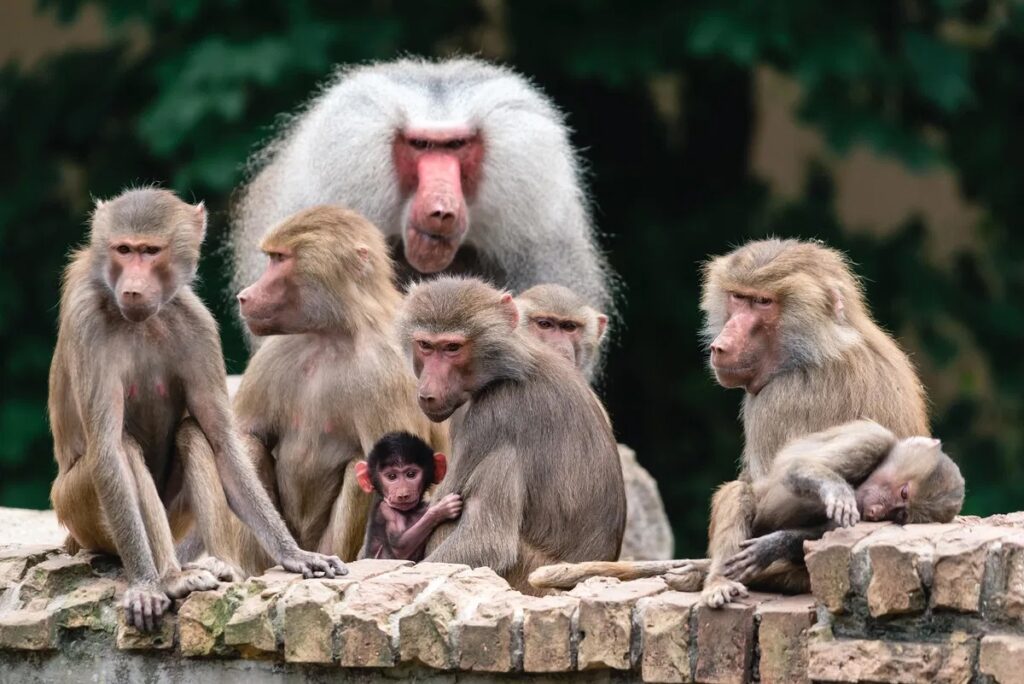
News that a German zoo killed 12 baboons has sparked anger far beyond city limits. Animal rights groups, local residents, and global conservationists are questioning how a decision like this could happen in 2025. Zoo officials insist it was necessary for safety and population management, but critics say it exposes deeper problems with how zoos handle wildlife. The fallout is spreading fast, drawing in lawmakers, activists, and even international zoo associations.
1. Zoo officials defended their decision as population control.
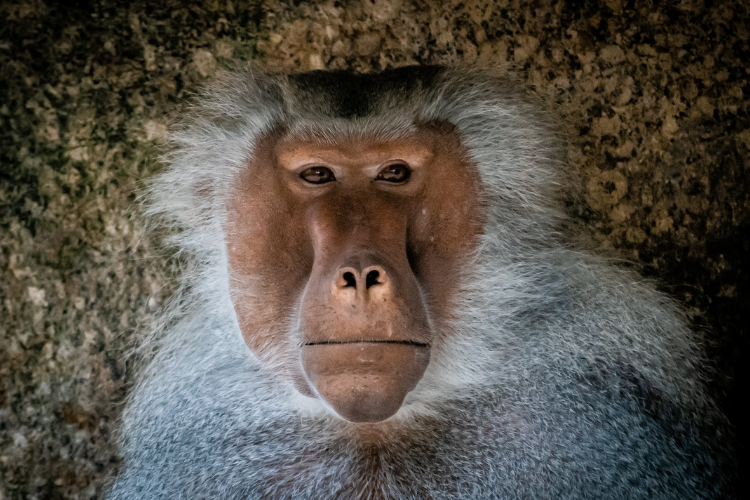
The baboon troop had grown too large and posed escalating aggression risks to keepers and other animals. Officials claim separating or rehoming them would have been unsafe and potentially traumatic, as stated by a spokesperson interviewed by Deutsche Welle.
This explanation has done little to calm outrage. Critics counter that ethical wildlife management includes forward planning to avoid “emergency” culls. The clash is highlighting a divide between traditional zoo management practices and evolving public attitudes toward animal rights.
2. Animal rights groups are calling it unacceptable.
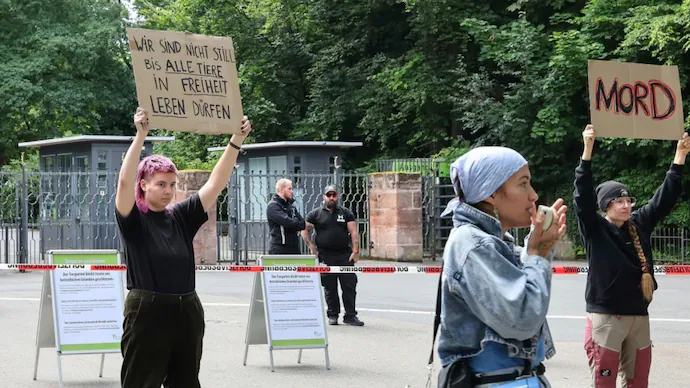
According to Germany’s leading animal welfare organization, the decision to kill 12 healthy baboons shows a disregard for modern conservation ethics. Groups argue that zoos should prioritize relocation or contraception programs instead of lethal measures.
Protests formed outside the zoo within hours of the news breaking, with activists holding signs and demanding accountability. Their stance is simple: killing intelligent primates with strong family bonds is out of step with today’s expectations of humane wildlife care.
3. Former zoo staff are questioning internal culture.
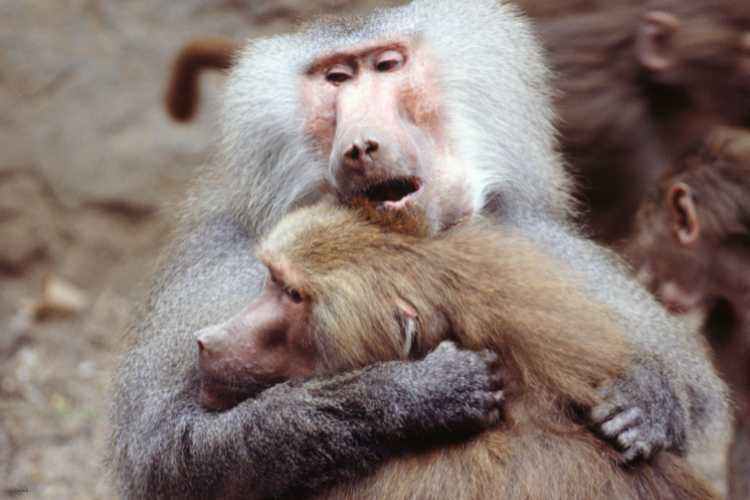
Several former employees have anonymously described a management culture focused on quick fixes rather than progressive animal care solutions. They claim warning signs about troop size were ignored for years.
These accounts suggest that staff had proposed contraceptive and relocation strategies long before the cull but felt unheard. Whether accurate or not, these claims have amplified the narrative that the killings reflect systemic issues rather than an isolated choice.
4. Lawmakers are demanding an independent investigation.
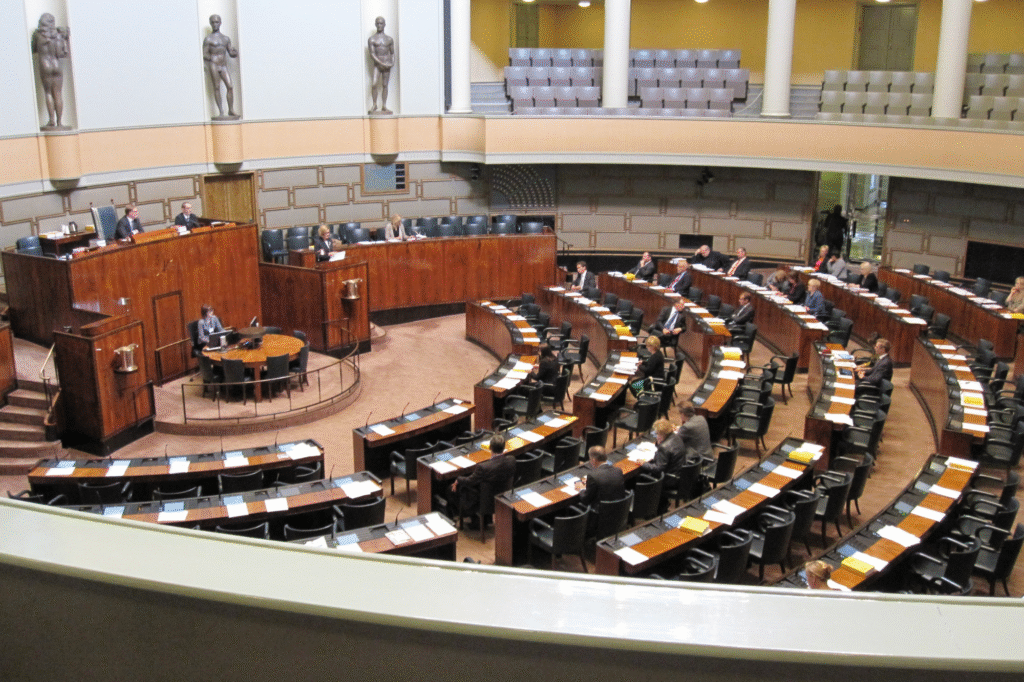
Several members of parliament are calling for an inquiry into how such a decision was approved without public consultation, as reported by local German news outlets. They argue that zoos operate as public institutions and should be held accountable for lethal actions.
This could lead to policy changes impacting zoos nationwide, potentially requiring transparent animal management plans. Lawmakers say it is not just about one incident but about building public trust in the way wildlife institutions handle sensitive decisions.
5. The baboons’ social bonds made this decision even harder to accept.
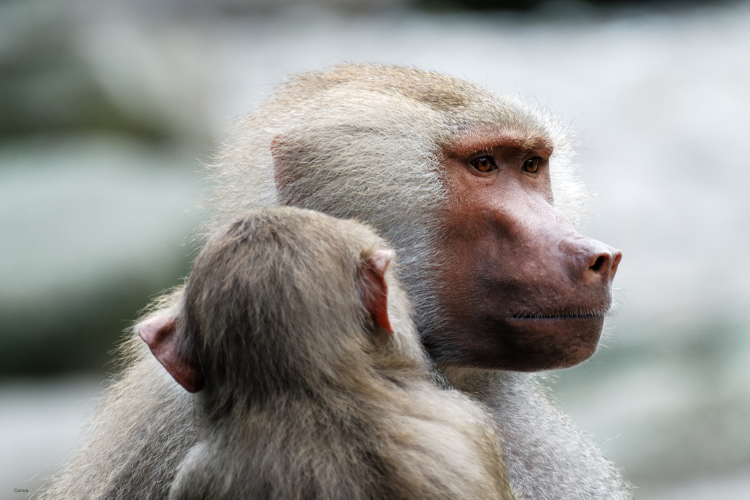
Baboons are known for their strong troop structures and complex social relationships. Removing individuals disrupts family hierarchies, causing stress and long-term trauma for survivors.
Wildlife biologists note that such culling events can alter troop behavior permanently. For the public, the idea of severing those bonds has intensified feelings of grief and anger, particularly as baboons are recognized for intelligence and emotional capacity.
6. International zoos are distancing themselves from the controversy.

Zoo associations from other countries have released statements clarifying their own policies, emphasizing relocation and non-lethal population controls. They want to avoid being associated with outdated practices.
This has left the German zoo even more isolated in its justification. Facing criticism from peers creates added pressure for a full review, as global accreditation bodies sometimes suspend or sanction zoos caught in public scandals.
7. Social media campaigns are exploding worldwide.

Hashtags related to the incident have trended across Europe and even reached North America. Viral posts include artwork, petitions, and calls to boycott the zoo.
This wave of digital activism has shifted the story from a local issue to a global debate. People who have never visited Germany are now engaging emotionally, showing how quickly outrage spreads when animal welfare is at stake.
8. Tourists are canceling trips and memberships.

The zoo has reported a decline in visitor bookings since the news broke, with annual members publicly vowing not to renew passes. Tourism agencies are concerned about reputational damage affecting the entire region.
Loss of public trust is often harder to repair than the financial hit. Families choosing other attractions send a clear signal: values matter, even in leisure and tourism industries.
9. Ethical debates about zoos are resurfacing.

This event has reignited long-standing questions about whether zoos should exist in their current form. Critics argue that modern wildlife sanctuaries and conservation reserves can replace entertainment-driven animal displays.
Supporters still point to zoos’ educational and conservation roles, but the baboon incident has added fresh weight to arguments for reform. The conversation is spreading to universities and civic panels, showing that the debate will not fade quietly.
10. The zoo’s reputation may take years to recover.
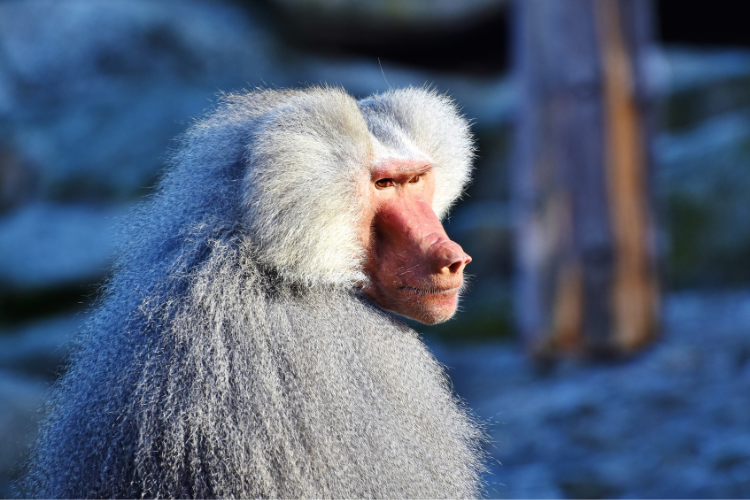
Public opinion often lingers long after headlines fade. Reputation experts say any institution linked to killing beloved animals faces an uphill battle regaining credibility.
For this zoo, the decision to kill 12 baboons may define it for a generation. Even with policy changes or public apologies, it risks becoming a case study in how quickly public perception can turn when ethics and animals collide.

bmv1hr
5w7mtt